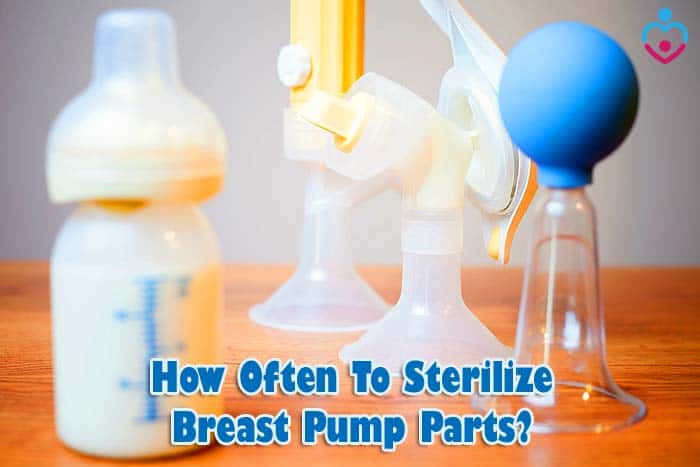
When it comes to your breast pump as well as other accessories that get in contact with your breasts and your baby, sterilization is the key to proper hygiene.
Your breast pump should be cleaned properly by following the main norms of hygiene, as well as the instructions of the product. But the frequency with which you clean your breast pump is also essential.
Jump to:
- How often to sterilize breast pump parts?
- Do you need to sterilize breast pump after each use?
- How to sterilize breast pump parts?
- What parts of the Electric Breast Pump can be sterilized?
- Clean all breast pump parts
- Wash breast pump parts but sterilize them once a day
- Do breast pump parts need to be dry?
- Breast pump storage
- Key References
How often to sterilize breast pump parts?
To stay on the safe side, you should sterilize your breast pump once a day and wash it properly after every time you use it. This habit will keep bacteria and germs away from your milk supply, and your baby will not be exposed to any health risks.
In general, if you're pumping multiple times of the day, then it is better to put parts in a sealed container and store in the fridge between the pumping sessions.
For preemies, you should consult your care provider to get the exact cleaning & sterilizing procedures and you should follow them.
![]()
Do you need to sterilize breast pump after each use?
No. Typically, sterilization is recommended once a day. However, you should clean the breast pump parts after every use to be on the safer side. For premature babies, your doctor may provide a stringent cleaning and sterilization procedure.
![]()
How to sterilize breast pump parts?
There are 3 main methods for the breast pump part sterilization namely:
- Boiling Water: Bring the water to a rolling boil. Using Kitchen tongs, put the breast pump parts in the boiling water and let them soak for 5 to 10 mins as per your doctor's recommendation. Then using tongs, put them out without touching them and let them air dry.
- Electric Sterilizers: There are many counter-top electric sterilizers on the market today. They use the hot air and water to create steam to sterilize the breast pump parts. Go for FDA approved models if you need to get one.
- Cold Water Sterilizing: The cold water method is very effective when you are in travel with a breast pump. For this method, you don't need hot water or steam but rather sterilizing tablets which you can buy from the market. Simply, put the tablets in the cold water. Once fully dissolved, submerge all cleanable breast pump parts into the solution. Once the recommended time is elapsed as per the tablet instructions, simply wash them and put them in the dry rack to completely air-dry. Here is the best brand for cold water sterilizing tablets.
![]()
What parts of the Electric Breast Pump can be sterilized?
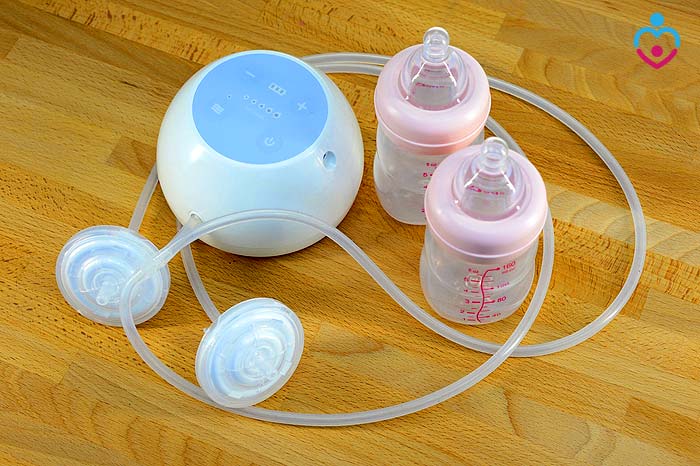 There are many parts in the electric breast pump, and not all of them should be sterilized or cleaned.
There are many parts in the electric breast pump, and not all of them should be sterilized or cleaned.
- Backflow Protectors
- Breastshields
- Valves
- Bottles
- Bottle Necks
- Sealing Discs
- Bottle Caps
- Teats
- Tubing
- Pump Motor
![]()
Here are other important aspects you need to consider to have a clean and ready to use the breast pump at all times!
Clean all breast pump parts
You should clean all the parts of your breast pump after every pumping session.
- Pay extra attention to the parts that are in direct contact with your breastmilk.
- These parts and accessories are the bottles you are using, valves, breast shields, and you should wash them in detail every time.
- As you wash these parts, use liquid soap and warm water. You can also use the dishwasher to clean your breast pump.
![]()
Wash breast pump parts but sterilize them once a day
Considering that you will wash all the parts of your breast pump several times a day, you can sterilize them only once.
- It is better to sterilize the breast pump in the morning so you can have it like that for the rest of the day.
- When you sterilize your pump, you only need to clean the parts that get in contact with your breastmilk.
![]()
Do breast pump parts need to be dry?
Yes. After every time you wash and sterilize your breast pump, allow all the parts to dry completely before putting the pump back together.
- If you put them back together when they are still wet, your pump will dry slower. So, giving your pump time to dry is very important.
- Your pump should dry naturally by the time you need to use it again. At the same time, if you use an electric pump, this will be a serious safety hazard.
- You should not use water to clean the electrical unit of your breast pump.
- Simply wipe the electric parts with a clean towel after every usage.
Note: When it comes to electrical units, you should stay away from sterilizing them as well.
![]()
Breast pump storage
Storing your breast pump, it is crucial as well. But, how to store breast pump parts after sterilizing?
- First of all, only store your pump once you cleaned it properly.
- You can place it in the box that you received it in or in a clean plastic bag with a zip lock system.
- Put the pump away from direct sunlight as this might affect its color, according to the plastic material that is made of.
![]()
By following this cleaning guidance, you will have your breast pump ready to use every time you need to express milk.
Your breast pump should always be clean as bacteria can multiply fast and enter the breastmilk. This could cause serious health problems for your baby!
![]()
Key References
- "Cleaning a Breast Pump | FDA". Accessed May 31, 2020. Link.
- "How To Sterilize Bottles and Breast Pump Parts | Insured Ameda Direct". Accessed May 31, 2020. Link.

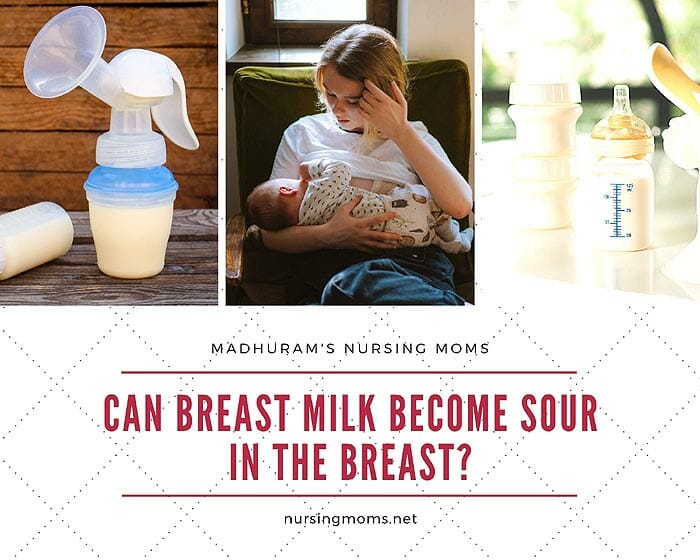
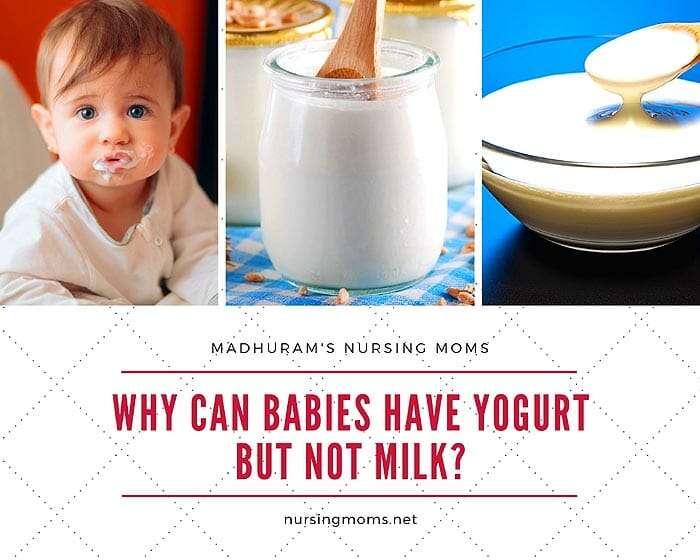
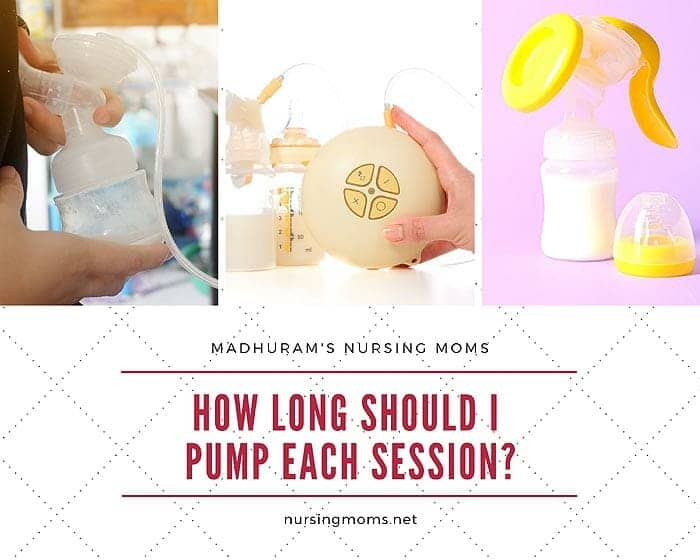

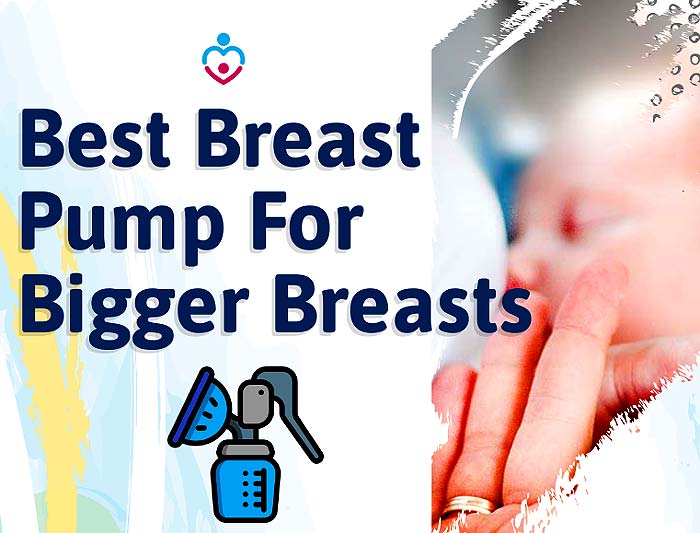

Leave a Reply